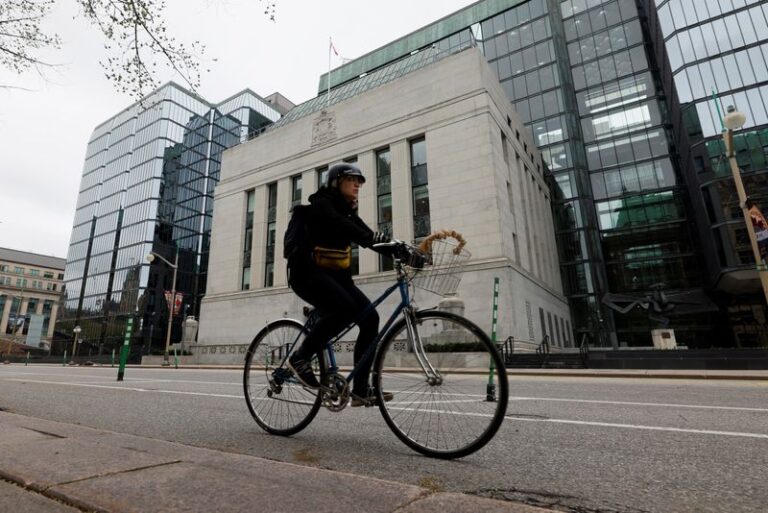Bank of Canada Analyzes Trade Policy and Economic Projections
Published: July 30, 2023
Diminished Trade Conflict Risks
OTTAWA – According to a recent statement from the Bank of Canada, the threat of a major global trade conflict has significantly reduced since April. With increasing clarity regarding U.S. tariffs, the economic outlook is becoming more stable.
No Regular Forecast Issued
For the second consecutive quarter, the Bank of Canada refrained from providing standard economic forecasts. This decision stems from ongoing uncertainties surrounding the future of U.S. trade policy, which continues to impact Canadian economic projections.
Current Tariff Scenario
In the context of the current tariff situation, as assessed on July 27, the bank anticipates a GDP growth of approximately 1% for the second half of 2025. This growth is expected to accelerate to 1.8% by 2027, with inflation remaining around the 2% mark.
De-Escalation Scenario
Under a more optimistic de-escalation scenario, where the U.S. and other nations reduce tariffs, the Bank projects a GDP growth of around 2% in the latter half of 2025. This growth could stabilize at an average of 1.7% through the end of 2027. Inflation is anticipated to dip in early 2026 before inching closer to 2% by 2027.
Escalation Scenario
Conversely, if trade tensions escalate and tariffs increase, the growth outlook would be less favorable. The escalating scenario predicts a decline in growth for 2025, with a subsequent recovery in the first half of 2026, reaching an average growth rate of 2%. Inflation is projected to rise above 2.5% in the third quarter of 2026, before settling back to around 2% in 2027.
Implications for the Canadian Economy
The varying scenarios illustrate the potential impacts of U.S. trade policies on Canada’s economy. Understanding these forecasts is crucial for businesses and policymakers to navigate the complexities of international trade.
